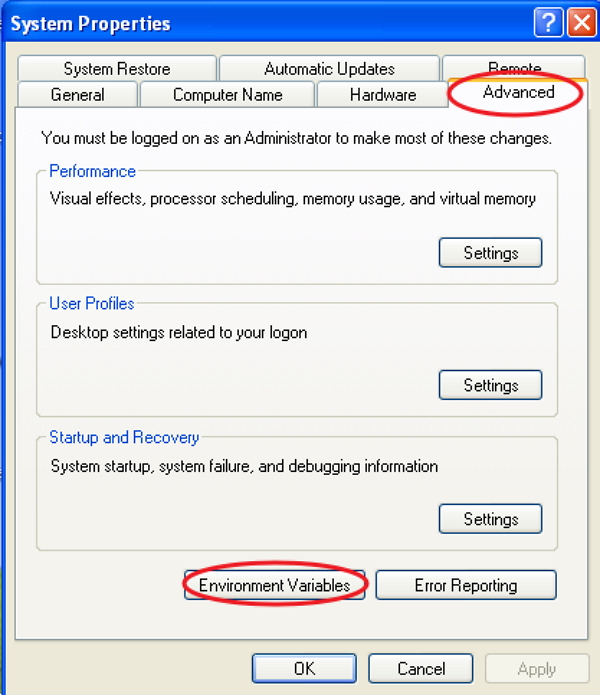Gulp Program Tutorial

Hi,
After working on a project where the connectivity of the pc was not desirable, we came to the conclusion that we needed something more than the component-preload to minimize the load of the application.
Altiris 7 installed software report. In this sense, we decided to minimize the size of the code to load, we conclude that we should generate files with GULP through the minification.
By the end of the tutorial you will be able to apply Gulp to your own project, customize it and be more efficient. A brief overview of the steps to your first task: Install Node.js and Gulp. Create package.json and list dependencies (Gulp and plugins). GULP is a program for performing a variety of types of simulation on materials using boundary conditions of 0-D (molecules and clusters), 1-D (polymers), 2-D (surfaces, slabs and grain boundaries), or 3-D (periodic solids). The focus of the code is on analytical solutions, through the use of lattice dynamics, where possible.
You can generate the component-preloadjs file by following these steps:
We added here the steps that we can find also in the github wiki:
- Install the last version of node.js node.js
- Download files package.json and gulpfile.js Master branch
- Copy this files into your project into WebContent folder
- Configure eclipse to discard node packages when sumbit files to SAP Gateway in “Windows” > “References” > “Team” > “Ignored Resources” and add “node_modules”
- Install gulp dependencies with package.json
- Prepare gulpfile.js for your project. You need to change name of project in gulpfile with your name of project in index.html:
After these stepts you will have a new folder called node_modules, so, the project are ready to generate component-preload.js.
To generate component-preload.js file with task minify js, you only have to execute the task of gulp with the right button of your mouse.
A few seconds later we have our file 🙂
And we already have our application minimized 😉

For more information *https://www.npmjs.com/package/gulp-minify
- вторник 21 апреля
- 30